INITIAL PROTOTYPE
The first prototype of the SANX-I microcomputer trainer board was built and tested using 4 x TM1638 based off-the-shelf boards controlled by an Arduino Nano on a breadboard.

CUSTOM PCB
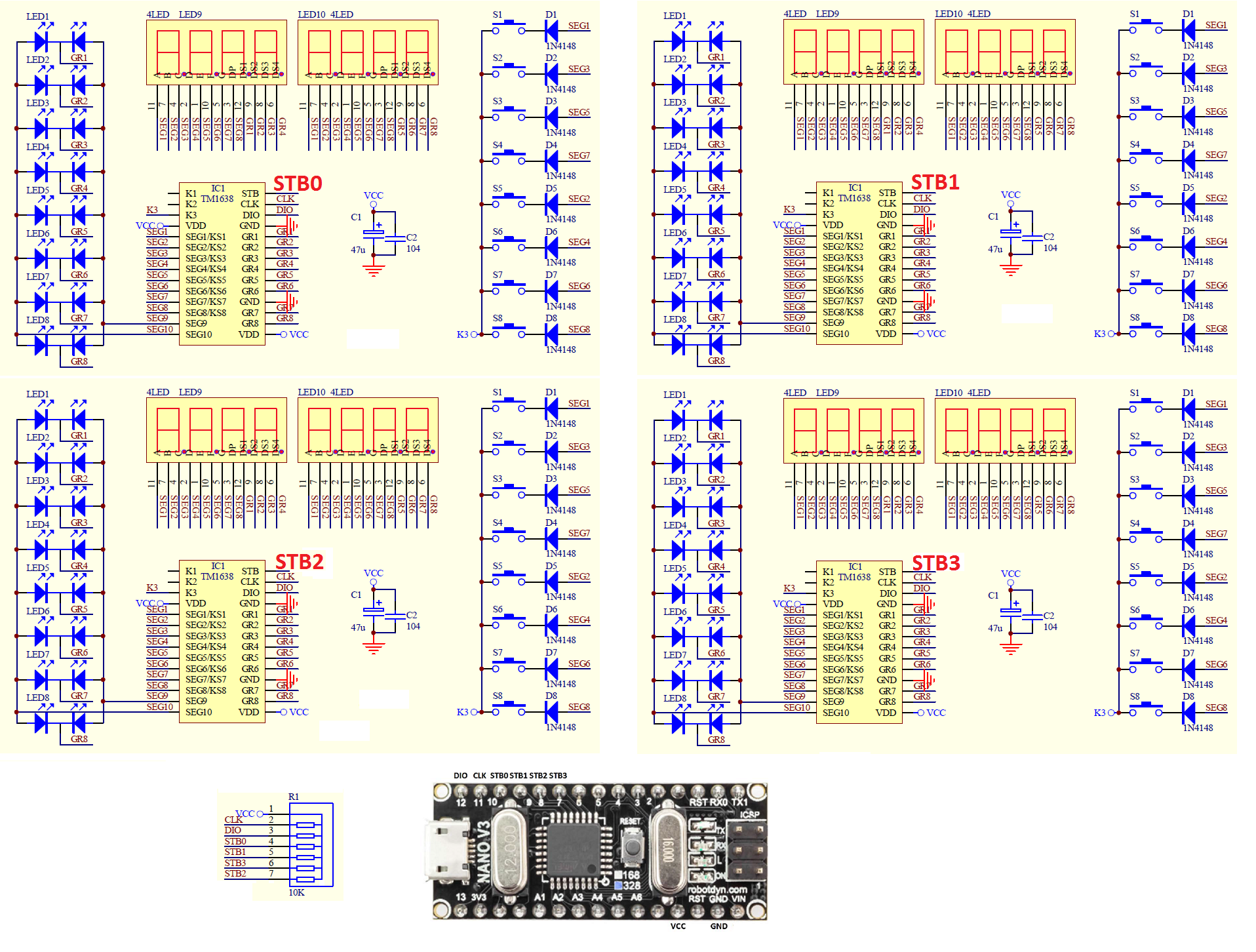

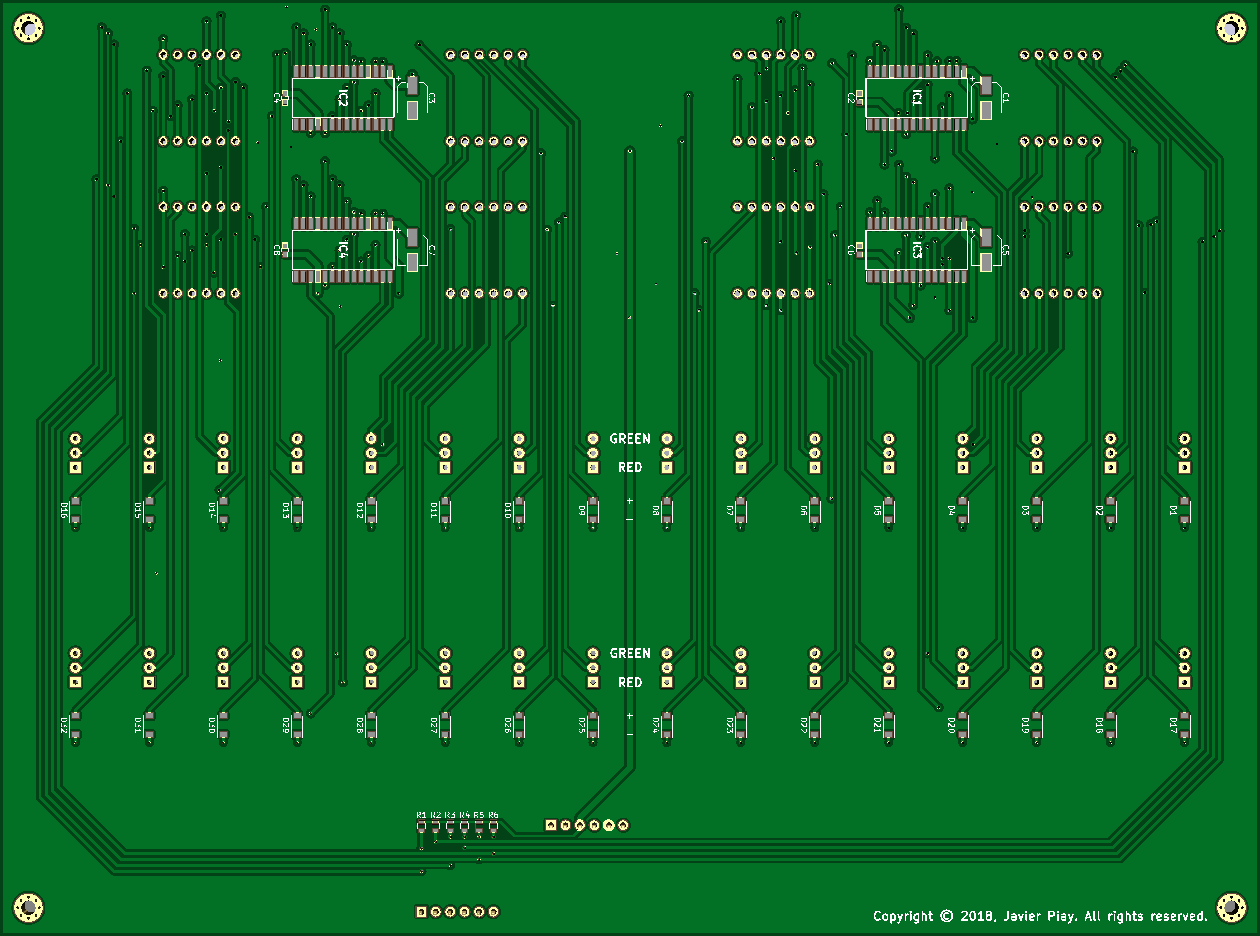
The SANX-1 microcomputer trainer board is driven by 4 x TM1638 controlled by an Arduino Nano.
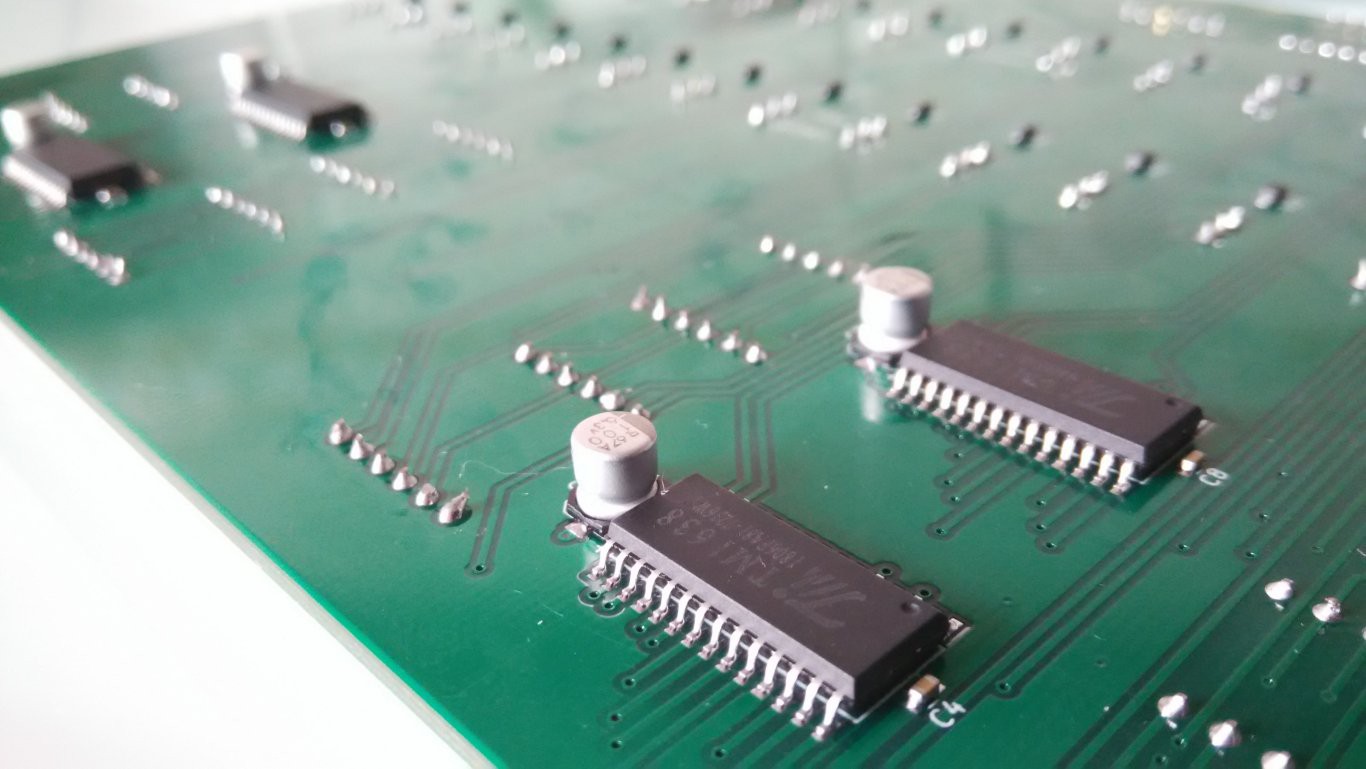
STRUCTURE & ORGANIZATION
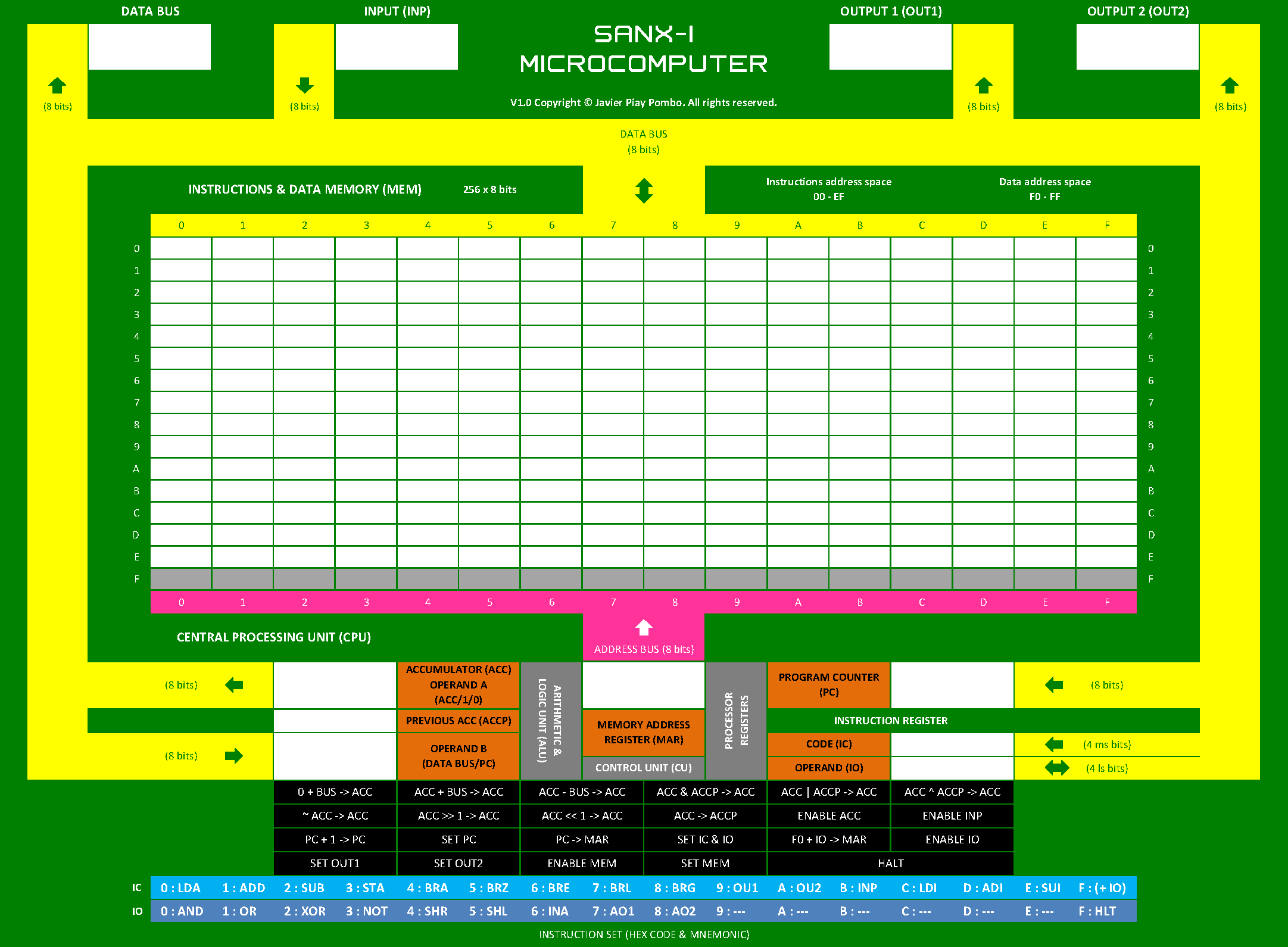
INSTRUCTION SET ARCHITECTURE
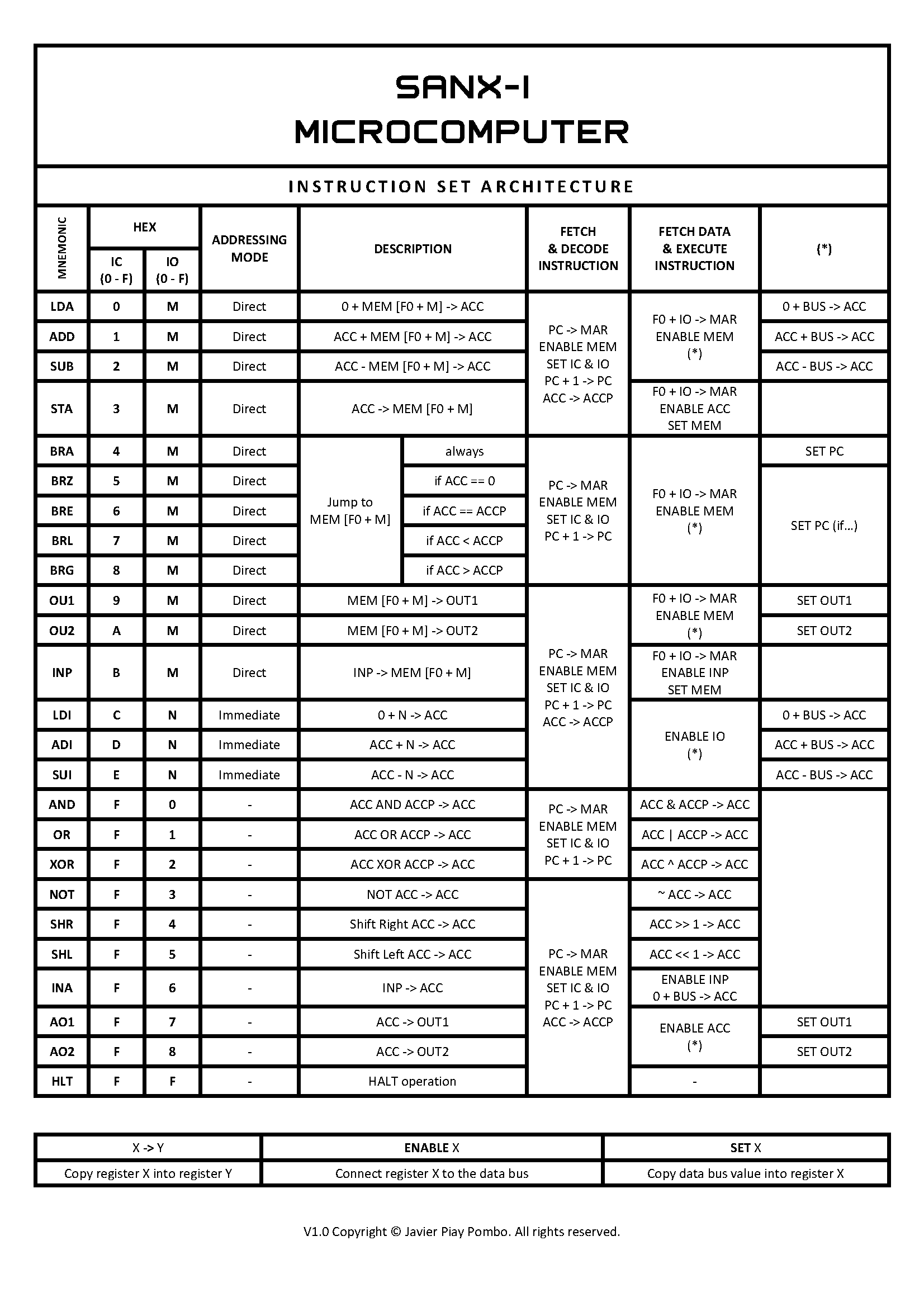
 Mr. Piay
Mr. Piay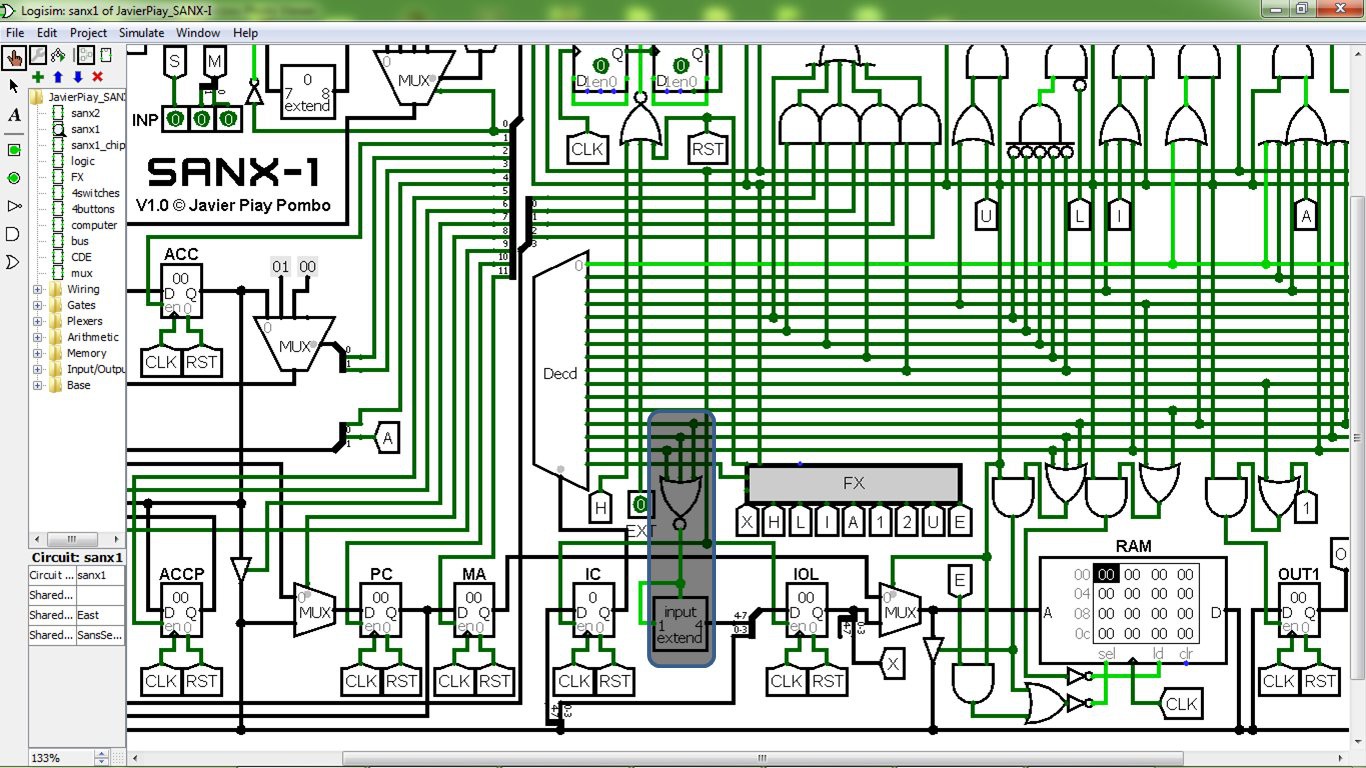
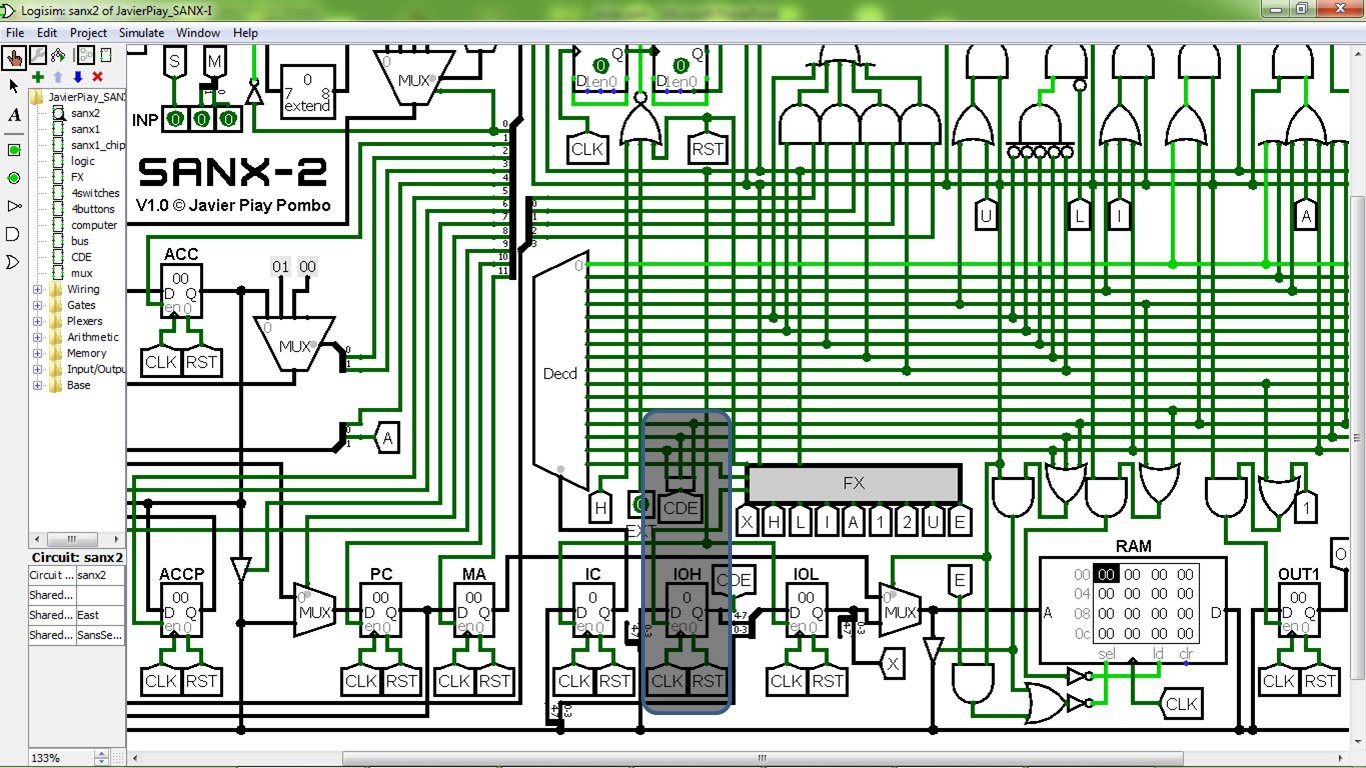
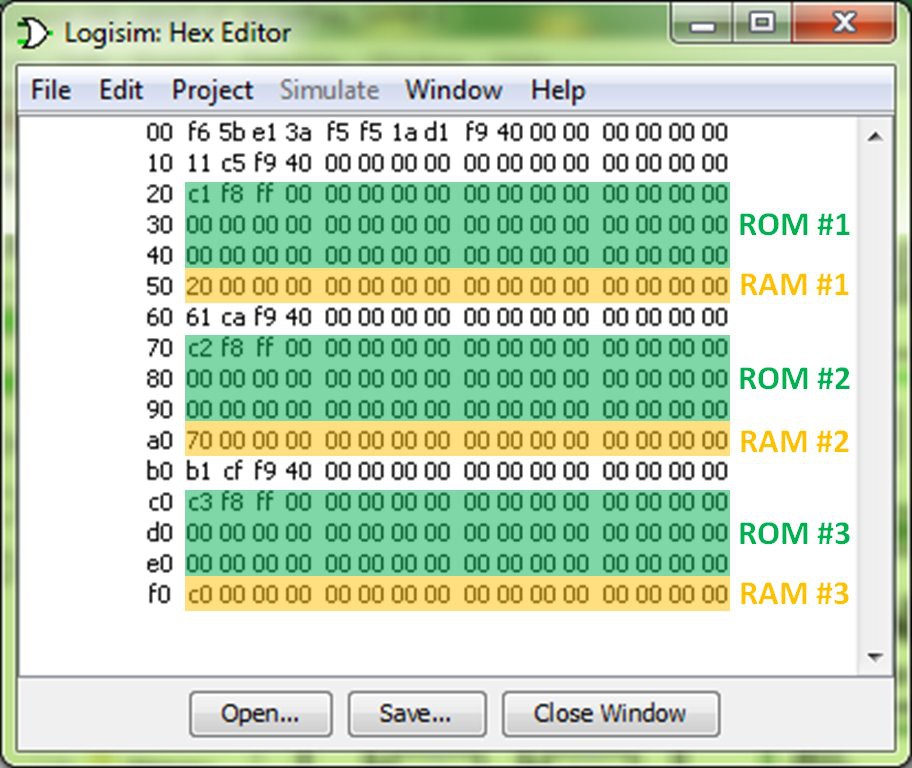

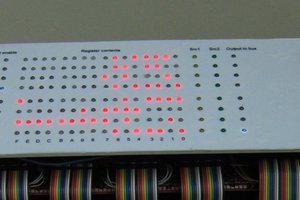
 Pavel
Pavel

 agp.cooper
agp.cooper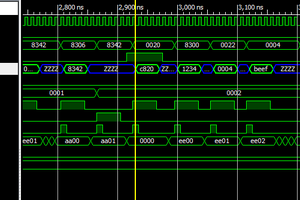
 Erik Piehl
Erik Piehl
I come late to the party but I appreciate the nice work :-)